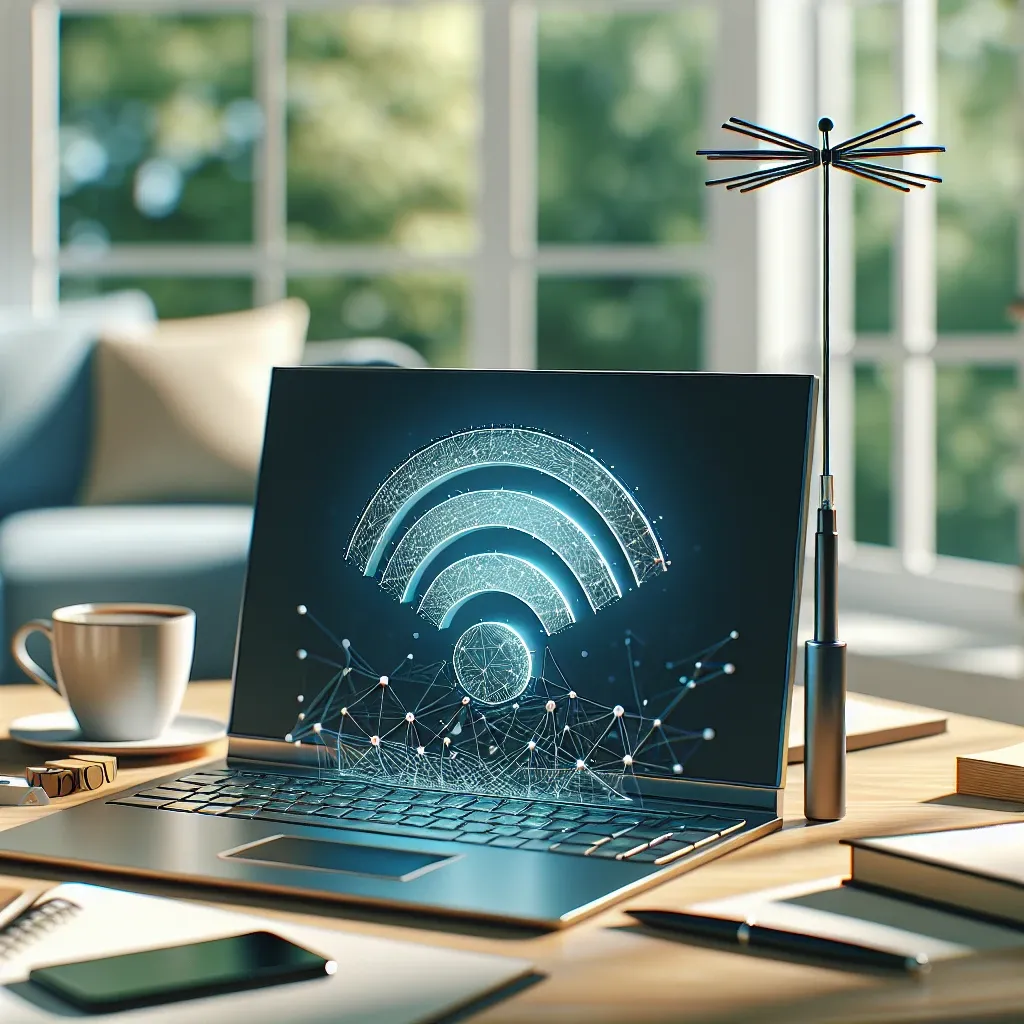Introduction
In a world increasingly dependent on technology for education, HP has launched a groundbreaking range of Chromebooks equipped with built-in LTE connectivity. This innovative move aims to cater to the needs of students and professionals who require seamless internet access, especially in remote learning environments. In this article, we will delve deep into the features, benefits, and implications of these new devices.
Understanding the Need for LTE-Enabled Chromebooks
The rapid shift toward online learning has underscored the importance of reliable internet access. While many students may have access to Wi-Fi at home, there are still countless individuals who face connectivity challenges. By integrating LTE directly into Chromebooks, HP is addressing these disparities and promoting equitable access to education.
The Rise of Remote Learning
Remote learning has gained momentum due to various global events and the necessity for flexible education solutions. As educational institutions were compelled to pivot to online platforms, the demand for devices that can function effectively in any environment has skyrocketed. According to a report by the National Center for Education Statistics, nearly 20% of students in the U.S. still lack adequate internet access—an issue that HP aims to help resolve.
Features of HP’s LTE Chromebooks
HP’s latest Chromebooks boast several impressive features designed to enhance the remote learning experience. Let’s explore some of the standout specifications:
- Built-in LTE Connectivity: The most significant feature is the integrated LTE, allowing students to connect to the internet anywhere there is cellular service, eliminating the need for public Wi-Fi hotspots.
- Long Battery Life: These Chromebooks are designed to last, ensuring that students can engage in long study sessions without the worry of running out of power.
- Lightweight and Portable: Weighing in at just a few pounds, HP’s devices are easy to carry, making them ideal for students who need to move between classes or study locations.
- User-Friendly Interface: With the Chrome OS, users benefit from a simple, intuitive interface that allows for easy navigation and multitasking.
- Enhanced Security: Built-in security features ensure that personal information remains protected, an essential aspect for students navigating online platforms.
- Affordability: HP aims to provide budget-friendly options without compromising on features and performance.
Benefits for Students and Educators
The introduction of LTE Chromebooks by HP carries several advantages for both students and educators. Here are some key benefits:
1. Improved Access to Resources
With built-in LTE, students can access educational resources, online classes, and video conferences without interruptions. This constant connectivity fosters a more engaging learning environment.
2. Flexibility
Students can work from virtually anywhere, whether at home, in a park, or at a coffee shop. This flexibility can enhance productivity and comfort, allowing learners to choose their ideal studying environment.
3. Cost-Effective Solution
By eliminating the need for separate mobile hotspots or additional data plans, families can save on costs. This accessibility is particularly impactful for low-income households.
Potential Drawbacks
While HP’s LTE Chromebooks offer numerous benefits, it’s important to consider potential drawbacks. Here are a few:
1. Data Limitations
Depending on the mobile carrier, data plans may come with caps or limitations. This could pose challenges for students who need to stream videos or download large files regularly.
2. Dependence on Cellular Networks
While LTE is widely available, connectivity can vary greatly depending on the region. Students in rural or less populated areas may still experience challenges connecting reliably.
3. Cost of LTE Plans
Although the initial investment in a Chromebook may be low, ongoing costs for LTE service could be a consideration for families budgeting for educational expenses.
Future Predictions: The Evolution of Learning Technologies
As technology continues to advance, the landscape of education is likely to evolve as well. Experts predict that more educational institutions will adopt hybrid learning models that blend in-person and online education. With devices like HP’s LTE Chromebooks, students and educators will be better equipped to embrace this shift, ensuring that learning continues uninterrupted.
The Role of Innovations in Education
Innovations in technology are vital for addressing the challenges faced by today’s learners. As schools and educators seek ways to enhance student engagement and improve outcomes, devices that facilitate connectivity and flexibility will play a crucial role in shaping the future of education.
Conclusion
HP’s debut of Chromebooks with built-in LTE signifies a substantial step forward in addressing the challenges of remote learning. By providing a solution that ensures connectivity, HP is paving the way for a more inclusive educational experience, enabling students to thrive regardless of their circumstances. As we move into an increasingly digital future, it is innovations like these that will empower the next generation of learners.
Call to Action
For those interested in learning more about HP’s LTE Chromebooks and how they can benefit remote learning, visit HP’s official website for further information and product details.

